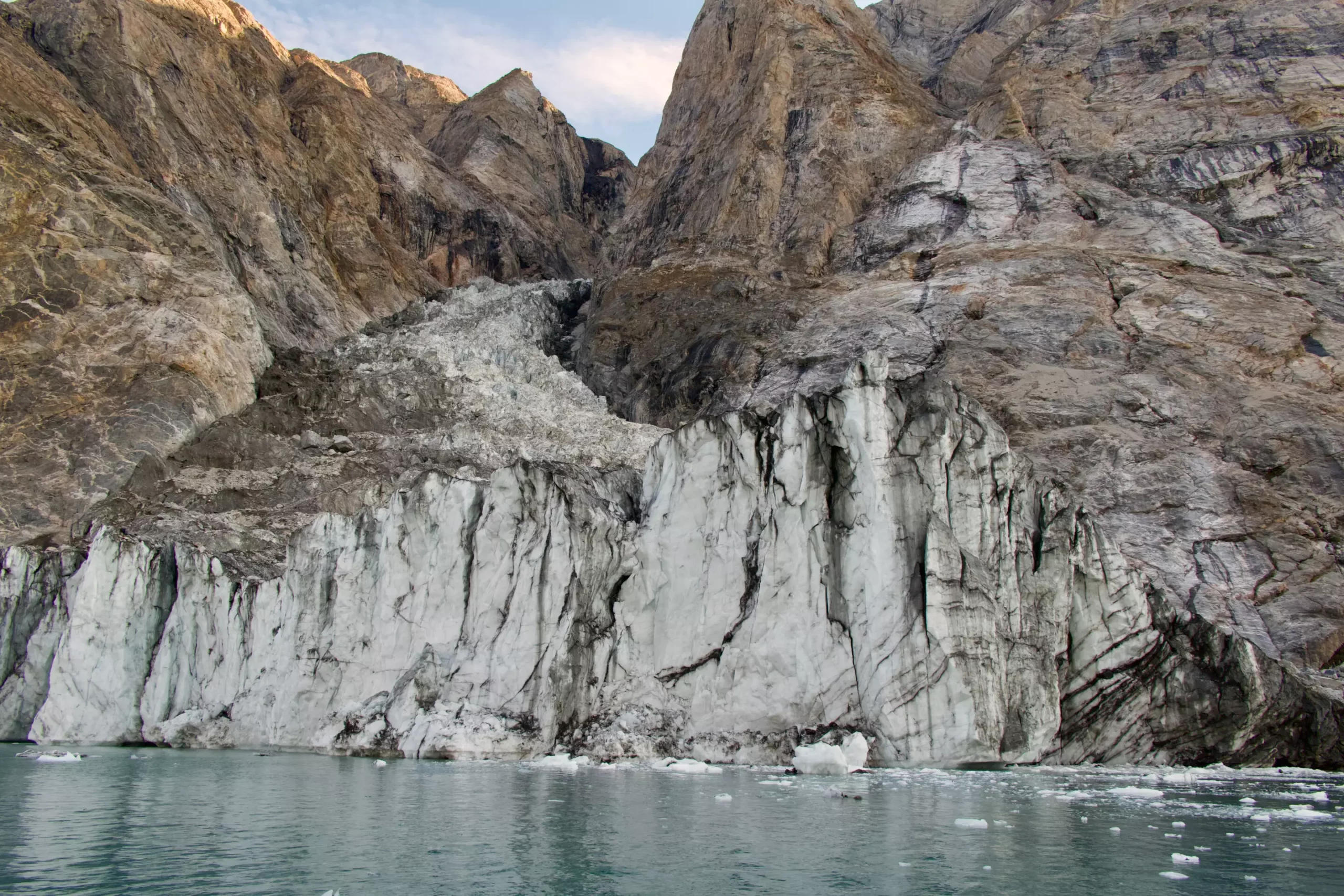In September 2023, an unusual seismic phenomenon captured the attention of the scientific community worldwide. For nine consecutive days, researchers detected a seismic signal that lacked the characteristics typical of conventional earthquakes, initiating a race to decipher its origin. The signal, observed by an organized collaboration of scientists, primarily from UC San Diego’s Scripps Institution of Oceanography, suggested a remarkable turn of events that ultimately revealed not just a geological anomaly but a manifestation of the broader impacts of climate change.
The investigation led by seismologists Alice Gabriel and Carl Ebeling soon pointed to a massive landslide in a remote fjord in East Greenland. The seismic wave that puzzled scientists resulted from the spectacular collapse of a mountain into the sea—an event that unleashed a colossal tsunami, estimated to tower as high as 200 meters (approximately 650 feet). This tsunami engaged in a rhythmic motion, a phenomenon known as a seiche, oscillating within the fjord’s narrow confines for days on end. While human life was spared, the event wreaked havoc on the infrastructure of an unoccupied research station, leading to damages deemed at $200,000.
Lead researcher Kristian Svennevig from the Geological Survey of Denmark and Greenland remarked on the initial confusion surrounding the detection. The seismic signal was characterized by a notable 92-second interval—a frequency far too slow for human perception and entirely dissimilar to typical earthquake patterns. The scientific community buzzed with speculation about its cause, yet the solution was tied intricately to a singular geological event.
A deeper exploration of the circumstances surrounding the landslide revealed a chilling correlation with climate change. The gradual melting of glaciers at the mountain’s base destabilized immense volumes of rock and ice—equivalent to enough material to fill roughly 10,000 Olympic swimming pools. This loss of stability ultimately contributed to the landslide, underscoring a pressing message about the ramifications of global warming. As climatic shifts continue to alter our planet’s landscape, the potential for destructive geological events like mega-tsunamis is amplified.
Gabriel aptly pointed out that climate change alters what we perceive as normal on Earth, consequently triggering unprecedented geological reactions. The findings of this unique incident shed light on the possible escalation of such natural disasters as climate conditions continue to evolve, especially in polar regions facing rapid transformations.
With 68 scientists from 41 different institutions across the globe contributing, the analysis of this seismic anomaly intersected multiple disciplines. The research team employed a combination of seismic data, field measurements, computer simulations, and satellite imagery. This interdisciplinary and international collaboration was essential to reconstruct the events leading to the landslide and the resulting tsunami.
Supercomputers played a vital role in this endeavor, facilitating the creation of high-resolution models that accurately mirrored the tsunami’s behaviors and the prolonged oscillations of the seiche. The significant integration of diverse approaches and data sets allowed the researchers to synthesize a comprehensive understanding of the time-consuming seismic signal. As emphasized by Robert Anthony, co-author of the study, the success of this investigation serves as a reminder of the intricate challenges posed by Earth science that require cooperative efforts and innovative methodologies.
The implications of this groundbreaking research transcend the immediate incident, highlighting the ongoing hazards posed by climate change in vulnerable regions. Though not directly threatening human life, the proximity of the fjord to commonly traversed cruise ship routes raises concerns about future disasters inflamed by environmental instability. Historical precedents, such as the 2017 landslide in Western Greenland’s Karrat Fjord that culminated in tragedy, illustrate the urgent need for monitoring and preparedness in these rapidly evolving ecosystems.
Moreover, as researchers become more adept at identifying seiche events, there arises potential for deeper insights into the environmental triggers that culminate in these seismic phenomena. The Greenland incident opens the door for renewed investigations into previous seismic data, potentially uncovering additional enigmatic events that could help scientists better anticipate and mitigate risks associated with climate-induced geological activities.
What we observe in Greenland acts as a vivid reminder of the unpredictability of nature, particularly in the context of anthropogenic climate change. The findings mandate an urgent conversation about monitoring our planet’s health and preparing for the consequences of its transformation. As scientists continue to decipher the ocean’s enigmatic signals, we are forced to confront the reality that our understanding of Earth’s processes remains incomplete. The time to act is now—engaging in collaborative research and adopting sustainable practices to mitigate further climatic and geological disturbances has never been more critical.


Leave a Reply